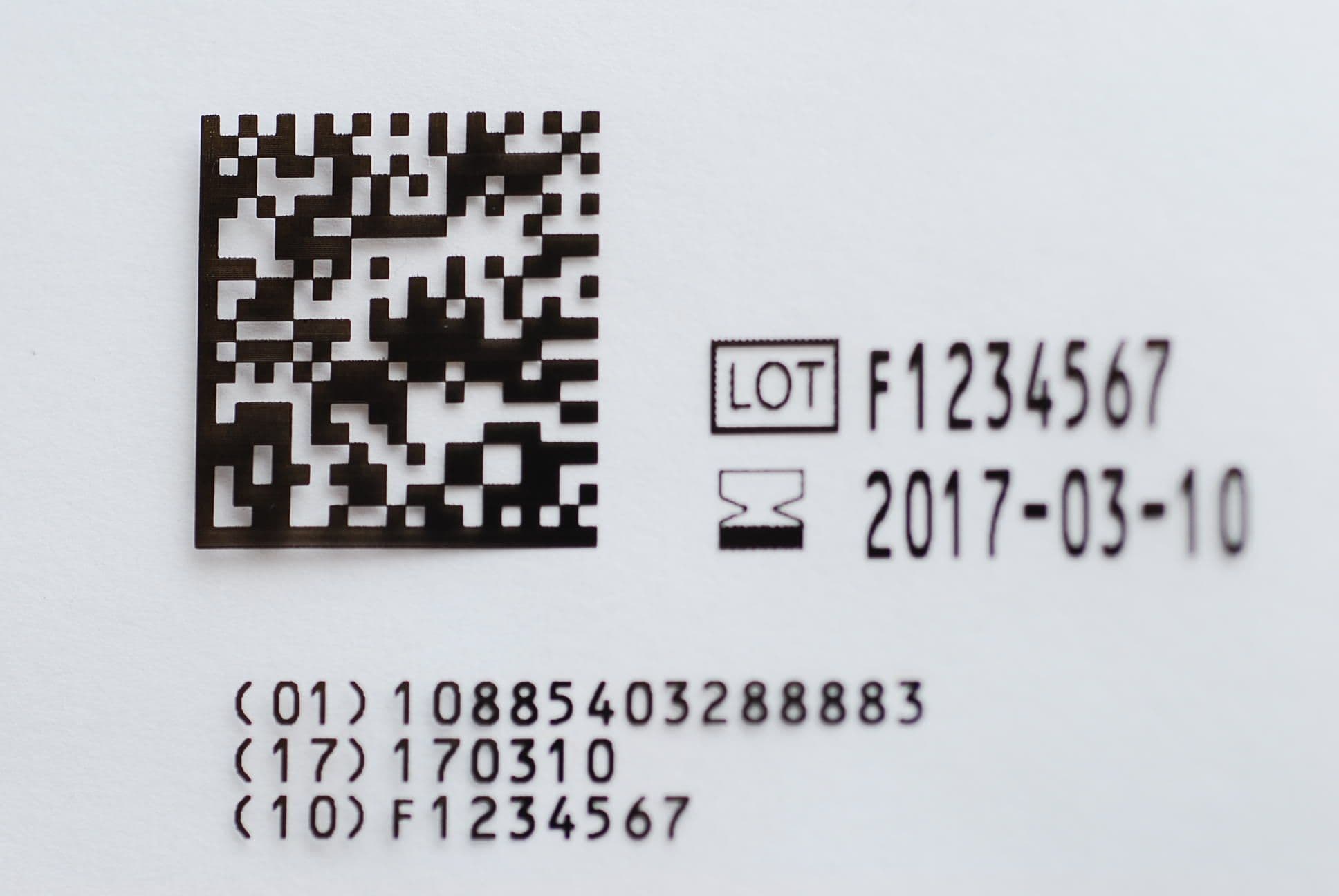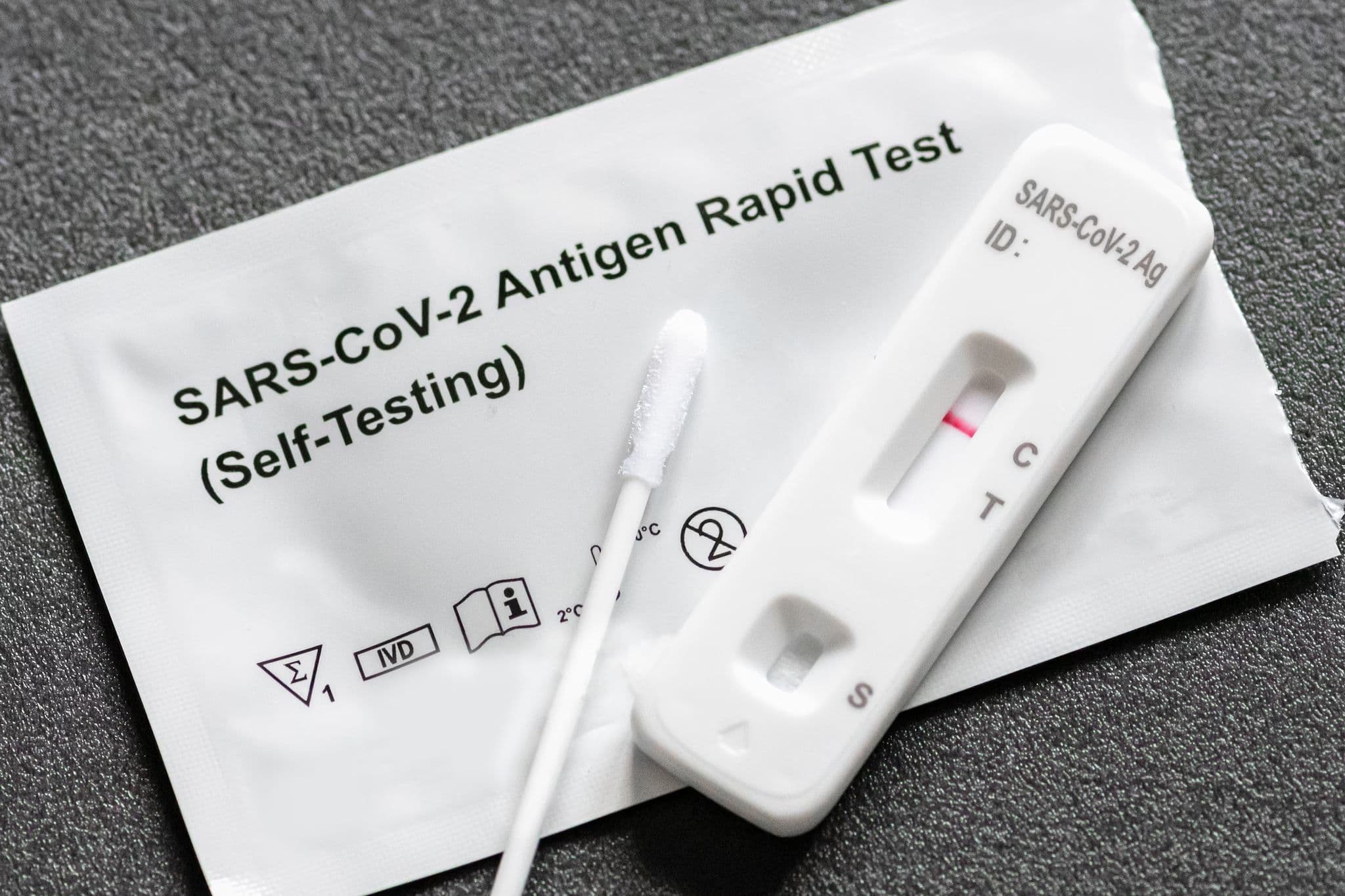Though it seems perfectly suited for the advanced technological world of Star Trek, Tyvek is actually an earthbound product that has been around for 60 years. You may not know it by name but have almost certainly intersected with it many times through your life. Discovered by accident, as many useful technologies are, Tyvek is a synthetic material that is chemically inert and has proven itself tear-resistant, waterproof, and easily sterilized. That last point has made it a favorite of the medical packaging industry.
From Home Construction to the Emergency Room#
One of the original Tyvek uses was to wrap houses under construction. The peculiar properties of Tyvek protected the structure from the damaging effects of wind, rain, and snow while, at the same time, allowing enough permeability that mold wouldn’t grow inside.

By the early 1970s, the medical industry had begun to take notice of the increasingly widespread use of this “miracle” plastic, especially in relation to it ability to resist microbial penetration and rough handling without tearing. Hospital administrators realized a shift to disposable equipment packaged in Tyvek meant they could lower labor costs by reducing the army of technicians needed to re-sterilize equipment around the clock.
But First Make It Better…#
But there was a problem to be solved before the medical industry fully embraced Tyvek packaging as an overall solution. There was some worry about the public perception of using the same plastic to protect syringes and surgical tools as the construction industry used to wrap houses. How to make it seem somehow…cleaner?
Not to worry. The brains behind Tyvek tweaked the manufacturing process in order to create a material that met and surpassed the protection that medical paper and other types of plastic were able to provide. The result was a medical grade Tyvek that surpassed not only other materials but previous grades of Tyvek itself.

Printing on Tyvek#
It wasn’t long after Tyvek hit the market that people realized that there was a great need to be able to print on the material. Uses like maps and charts, outdoor signs and banners, runners’ bibs for races, book covers, and protective covering over metals and marbles demanded to be printed on. It turns out that a variety of printing methods work just fine with this incredible plastic.
Inkjet: Tyvek sheets sized for the consumer market (8.5 x 11 inches) have shown themselves to be increasingly popular, since they can be used with most desktop inkjet printers. For best results, printing should be confined to the bright white matte side.
Laser: For most of its product life cycle, the assumption has been that you can’t use Tyvek with a laser printer. The problem is laser printers run at a very high temperature. As a thermoplastic, a hot enough temperature will return it to a semi-liquid state, unsuitable for printing. That being said, some high-end printers that operate by the cooler process of flash-fusion work fine.
The Medical Industry and Flexographic Printing: Due to the unique standards of medical packaging, which allows for no antistatic coating or corona treatment, flexography is the recommended choice. Flexographic printing is a rotary system that uses rubber or plastic plates to apply ink to the surface of a material. It is the only proven way to precisely reproduce the fine print and instructions required of medical equipment and pharmaceuticals without destroying the Tyvek itself.
The other half of the Tyvek printing equation is, of course, the ink. Not just any will do. Through trial and error, it has been established that water-based inks provide the best quality while adhering to the myriad of environmental and safety guidelines.
Final Thoughts#
The future may be here sooner than expected when it comes to the evolution of Tyvek printing. A somewhat obscure method known as thermal transfer is on its way to becoming industry standard, especially as printer technology becomes ever more robust. For a variety of jobs over a number of years, Tyvek has proven itself to be a more than capable material.



